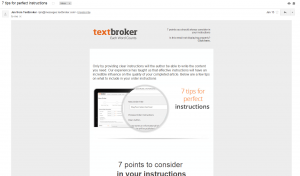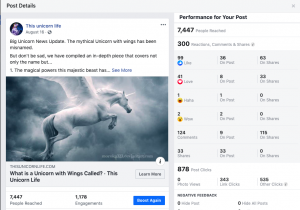— May 24, 2018
Email marketing is hard. It can become even harder when retailers have little or no insight into what their competitors are doing to stand out among a sea of emails in consumers’ inboxes. While brand marketers are no stranger to new and shiny technology solutions, industry ‘best practices’ and generalizations about groups of consumers, like Millennials and GenZ, most are failing to leverage the most important part of their marketing toolkit – customer data.
Despite having purchase data at their fingertips, a majority of retailers aren’t using it to inform their email communications or offer anything relevant or personalized to their subscriber lists at all. Coherent Path’s recent email marketing study found that retailers are essentially treating their new customers the same as their email subscribers who have not purchased previously. In fact, 62 percent of the time, retailers sent the exact same email on the same day to the purchaser and non-purchaser, and only 26 percent of all emails were unique to the purchaser. Some retailers don’t even send any emails outside of order confirmation and shipping notifications!
The same study, which also explores how top retailers fare when it comes to email content, frequency and catalog exposure, found that retailers had an average score of 49.5 out of a possible 100 points. That means when it comes to the highest return marketing channel, most brands fail to deliver on the experience. Not only is this a missed opportunity, but it’s a good way for retailers to land themselves on the ‘unsubscribe’ list – or even worse – the ‘undeliverable.’
The first step toward email marketing recovery is admitting there’s a problem, and the only way to do that is to get a temperature check on where the industry stands. To make this easier, our team at Coherent Path pulled the most important stats from the aforementioned study in the below infographic, exposing how top brands are doing when it comes to four important email elements – purchaser experience, email content, email frequency and catalog exposure – and where there’s room for improvement. Email is only effective if done right, and it’s in both retailers’ and consumers’ best interest to strategically leverage customer data to achieve that.

Digital & Social Articles on Business 2 Community
(59)






